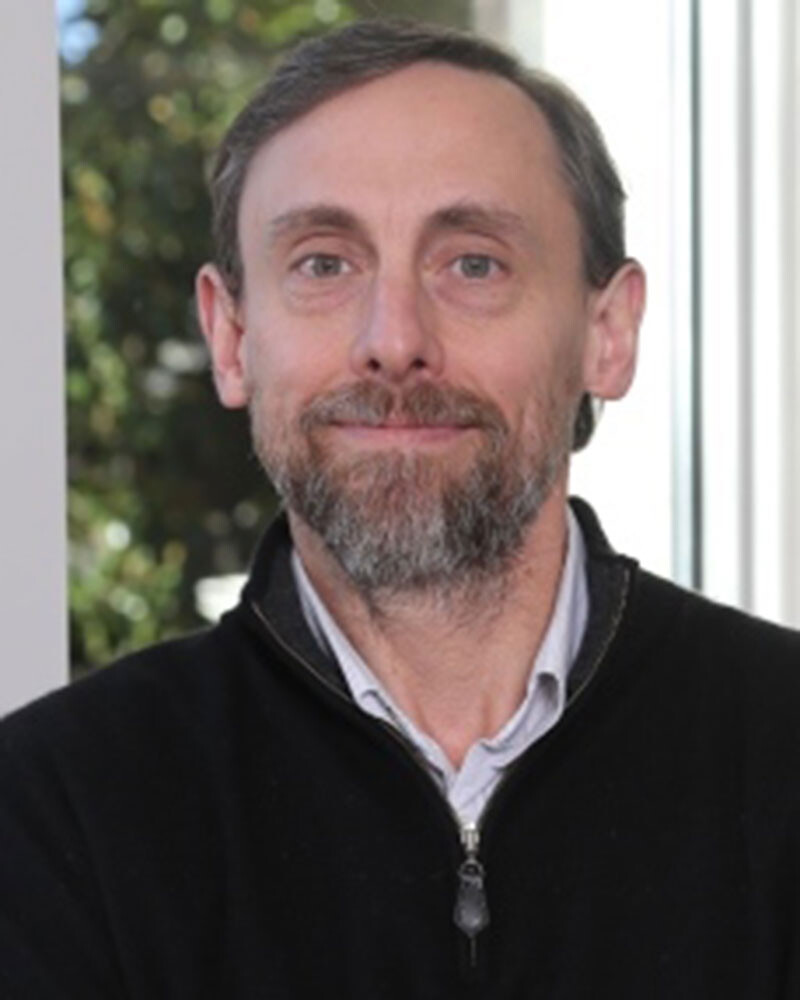Kevin Brown
Research Professor, Civil & Environmental Engineering
Vanderbilt University

Email: kevin.g.brown @Vanderbilt.edu
Education
Ph.D., Environmental Engineering, Vanderbilt University, 2008
M.S., Environmental and Water Resources Engineering, Vanderbilt University, 1987
B.S., Chemical Engineering, Vanderbilt University, 1985
Research Interests
Life-cycle risk evaluation, model integration, and waste management issues related to proposed advanced nuclear fuel cycles and cementitious barriers for nuclear applications.
Brief Biography
Kevin Brown is Senior Research Scientist and Research Professor in the Department of Civil and Environmental Engineering at Vanderbilt University. His research has been supported by the multi-university Consortium for Risk Evaluation with Stakeholder Evaluation (CRESP). Dr. Brown’s current research focuses on life-cycle risk evaluation, model integration, and waste management issues related to proposed advanced nuclear fuel cycles and cementitious barriers for nuclear applications.
Between 1986 and 2002 at the Savannah River Laboratory, he was recognized as a DOE Complex-wide authority in process and product control for high-level waste vitrification. His activities supporting the Defense Waste Processing Facility (DWPF) included: 1) optimizing waste loading, 2) modeling critical properties, 3) managing uncertainties, and 4) supporting variability studies and waste form acceptance. He served a similar role across the DOE Complex supporting vitrification projects at Idaho, Hanford, and West Valley.
Dr. Brown spent 2002-2003 at the International Institute for Applied Systems Analysis (IIASA) in Laxenburg, Austria where he estimated potential transboundary radiation doses resulting from hypothetical accidents at Russian Pacific Fleet sites. They were the first such studies known in the West.
In 2005 Dr. Brown led the CRESP evaluation of life-cycle risks for the DOE Idaho Site Subsurface Disposal Area (SDA) where wastes contaminated with radioactive and hazardous materials were buried in pits, trenches, and soil vaults before 1970. He supported the corresponding risk evaluation for the Idaho Site Calcined Bin Sets containing high-level wastes and the Bear Creek Burial Grounds at Oak Ridge. The Idaho results were presented to the Idaho Site Citizens Advisory Board (CAB), who strongly endorsed the clarity of the approach and the results.
In 2009 Dr. Brown participated in the External Technical Review of the modeling and simulation tools used to support liquid waste processing for Savannah River and the Office of River Protection. In 2010 Dr. Brown participated on the DOE Environmental Management Tank Waste Subcommittee (EM-TWS) that conducted an independent technical review of the liquid waste capital and operations projects related to the Office of Environmental Management (EM) tank waste cleanup program at Hanford. There is a continuing charter to review the other major DOE sites (Savannah River, Idaho National Laboratory, and West Valley).
CRESP Projects
- Cementitious Barriers Partnership
- Optimization of Liquid Waste Processing at the Hanford Site under Uncertainty
Publications
Brown, K.G. 2008. Life-Cycle Risk Analysis for Department of Energy (DOE) Buried Wastes. PhD Dissertation, Civil and Environmental Engineering, Vanderbilt University, Nashville, TN.
Brown, K.G., D. Kosson, C. Powers, J. Clarke, and F. Parker. 2009. Life-Cycle Risk Analysis for US DOE Wastes in Shallow Land Burial In WM2009: Waste Management for the Nuclear Renaissance. WM2009: Waste Management for the Nuclear Renaissance.
Committee Service:
DOE Environmental Management Tank Waste Subcommittee (EM-TWS)